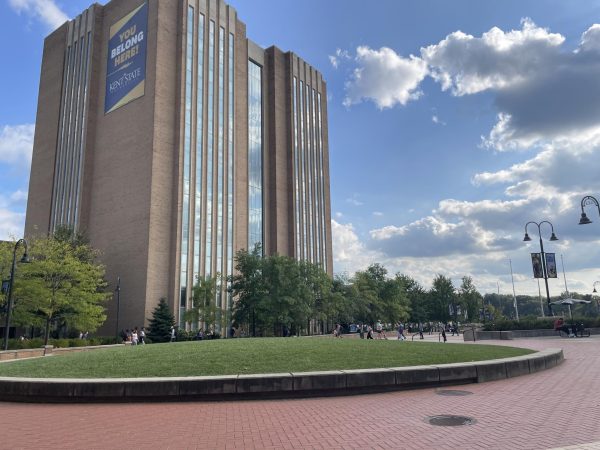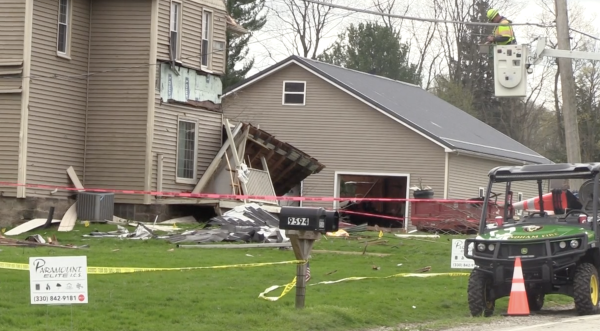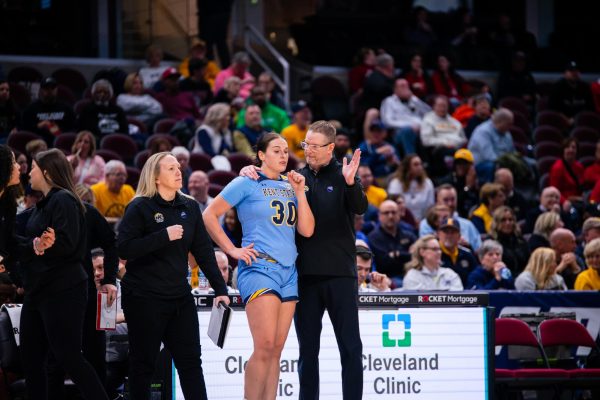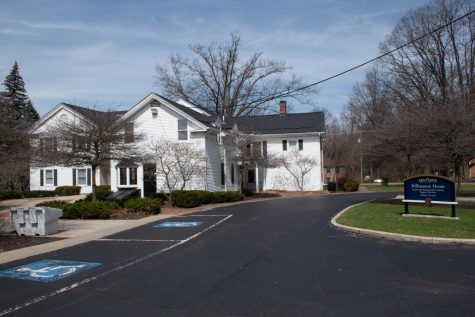KSU reaches out to Northeast Ohio
April 29, 2005
In an attempt to make Kent State more accessible to Northeast Ohio, several people have been hired or promoted to fill community outreach positions.
“We are in the process of an organizational change,” said Patricia Book, vice president for regional development. “We’re seeking to create an alliance among all of our areas.”
Book said the administrators were hired to help the university fulfill its regional goals in the coming years. Those goals are: develop programs for constituents, have more aggressive outreach at the regional campuses, develop a strategic plan for distance learning efforts, reinvent continuing education at the Kent campus and create economic development partnerships.
“We need to have effective partnerships if we want to be instrumental to the region,” Book said.
Kelli Baxter, new director of the Office of Corporate and Community Services at the Stark campus, said her job is to “connect with businesses in the community and extend the resources of the campus.”
Businesses within each campus’ community pay to have the Office of Corporate and Community Services train supervisors, teach team development classes and conduct research. Small businesses are encouraged to take advantage of free services offered through federal, state and locally funded grant programs.
“We benefit the university as a whole by truly understanding and knowing our business community,” Baxter said.
She said the corporate and community services are different at each campus.
“We (the regional campuses) each have our own niche because we’re serving different communities,” Baxter said.
Kent State has also made an attempt to attract more students by restructuring the distance-learning program. Heading up this attempt is Mel May, who was appointed to the new position of executive director for education technology and distributed learning. May’s goal is to bridge the education technology gap between Northeast Ohio and the university.
“The students who use distance learning are affiliated with at least one of the campuses,” May said. “Our job is to provide access for people who don’t have an existing relationship with the university.”
There are three types of distance-learning technologies currently available for students. The first is room-based. A professor teaches a course in one room, and students in another room can view it and interact.
The second type is computer-based. Course material is put on a CD-ROM or floppy disk for students to access at their leisure. The last type is Web-based where professors put course material on a Web site.
May said he is interested in testing new tools to enhance the technology in place.
“Distance-learning lines are blurring,” May said. “It isn’t a separate entity anymore — it’s becoming part of the curriculum.”
Contact regional campuses reporter Erin Hopkins at [email protected].
























